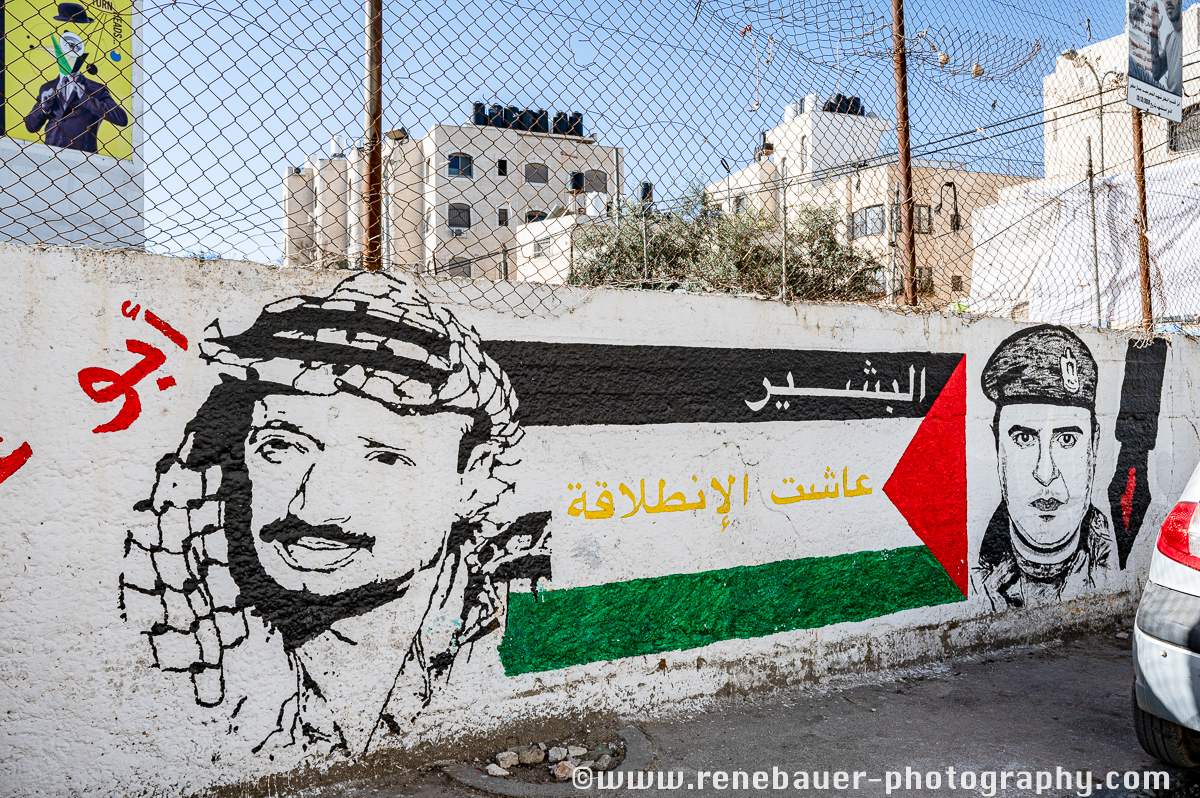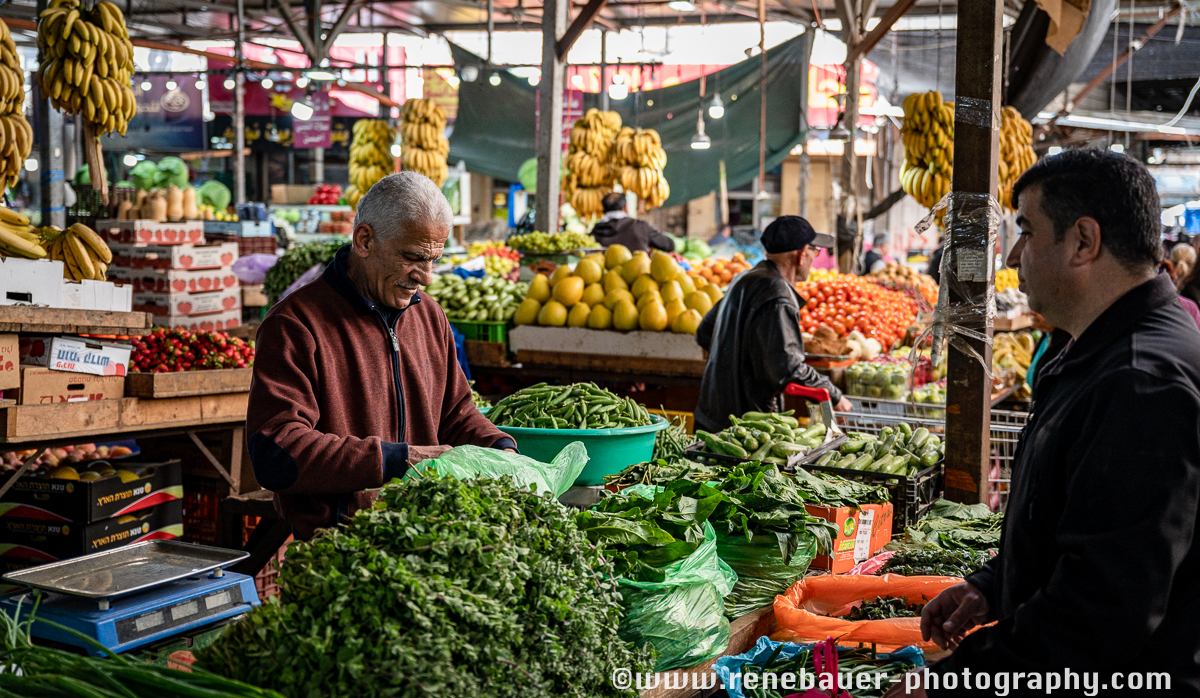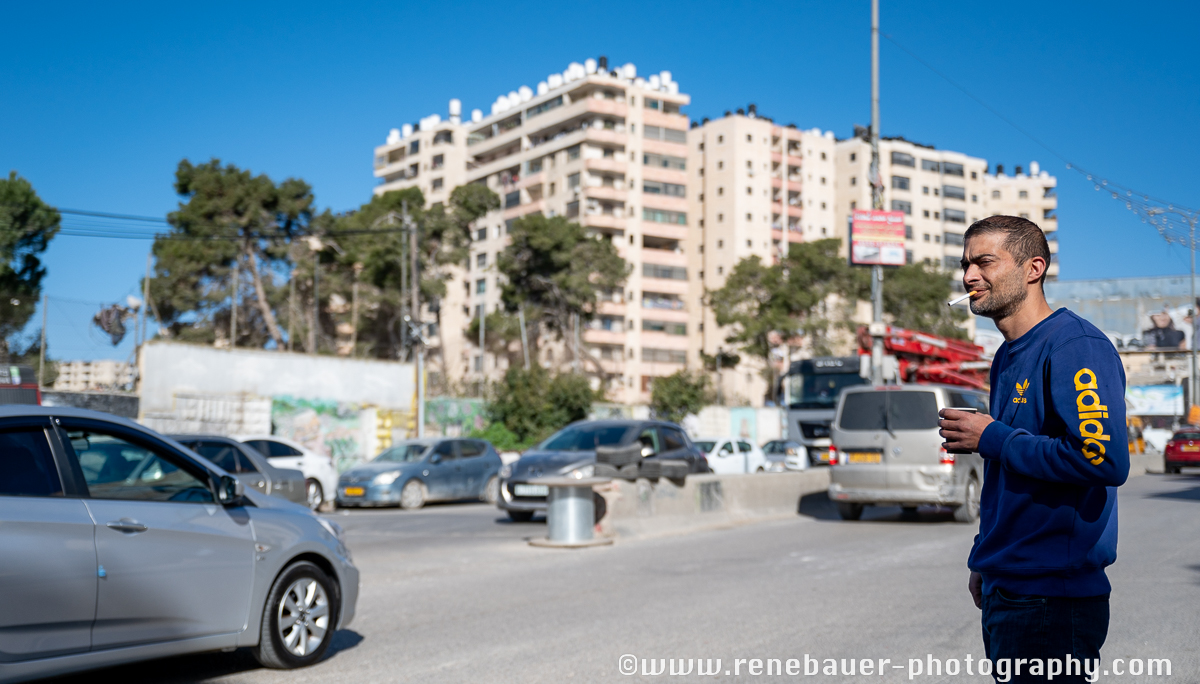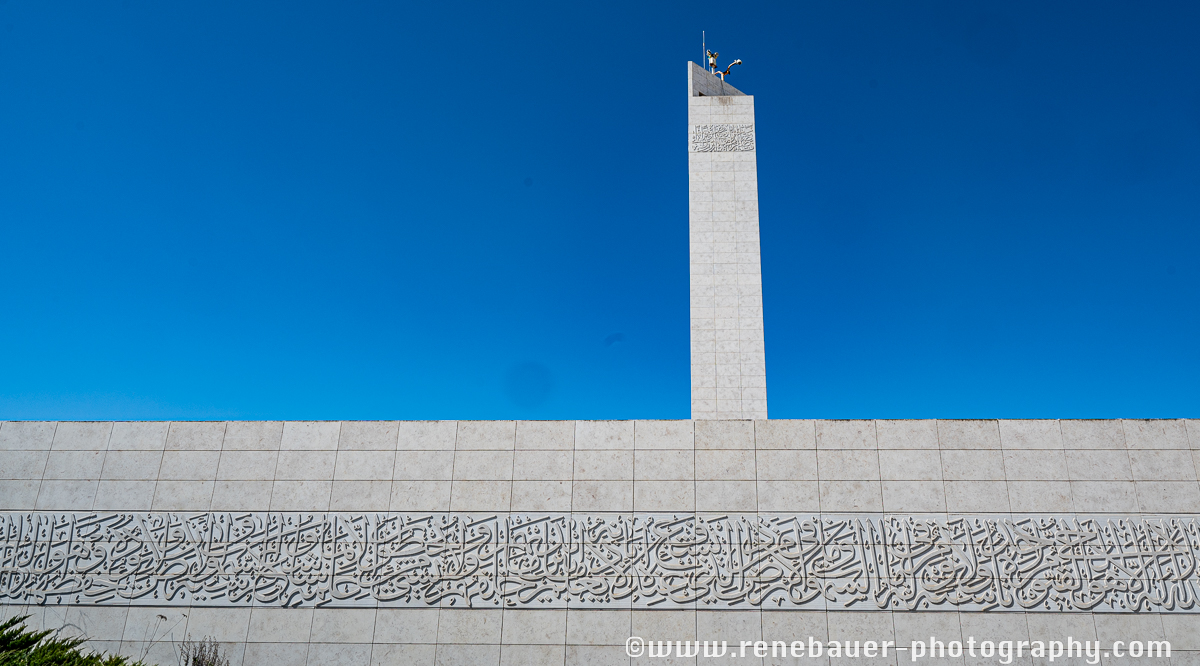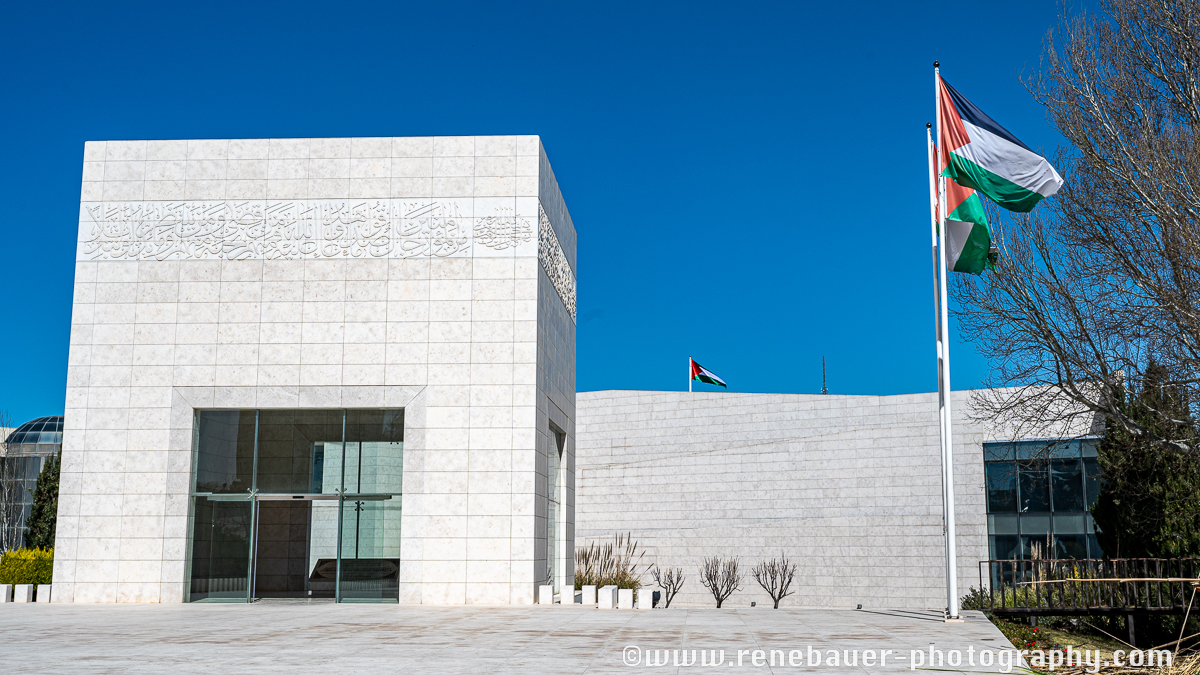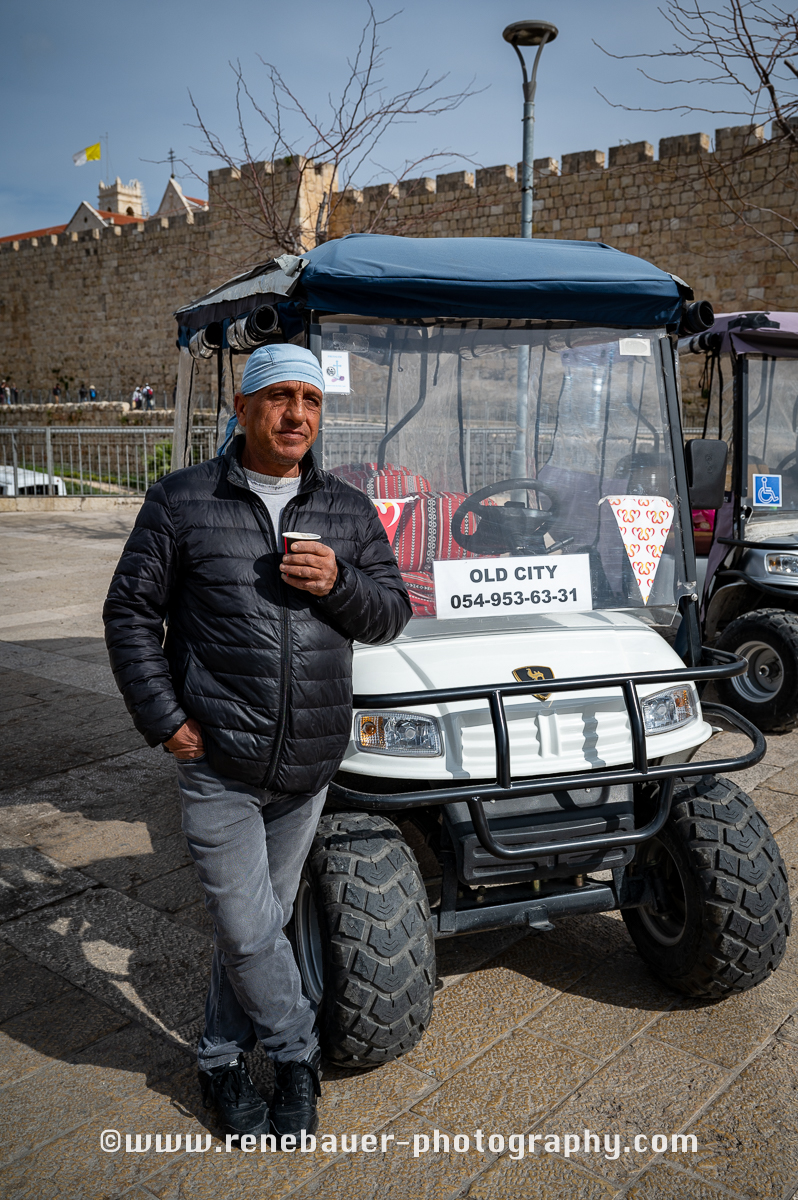In the tiny rental car the Judaean Desert felt even more huge. A black bitumen road navigates between stony fields, rocky areas and along deep, dry valleys with some rare, green oasis. I have to admit, i always do enjoy traveling trough lonely deserts. All in a sudden a deep blue surface appeared on the edge of a plateau. I reached the Dead Sea region.
Not far from here i arrived at the foot of a mountain. On top of it is the legendary fortress of Masada.
Built by Herod the Great it has two palaces for himself and fortified city on the plateau of the mountain. Beside the space for the inhabitants it also has huge storage rooms and a clever system of water drains and cisterns. King Herod enjoyed life up here with big, painted halls, terraces overlooking the Dead Sea and even heated baths.
Later the fortified city was occupied by the Jewish on the First Jewish-Roman War. The story tells a sad end of the folks up there. When the Romans besieged the fortress, they even build up a ramp to breach the walls. The people inside the city decided not to go in slavery but rather commit a mass suicide.
Nowadays a cable car brings the tourists on the top. There’s still a long, steep way uphill for the wanderers. I preferred to spend some time up there and wander between the ruins. Some wall paintings are still well preserved, as parts of the Roman bath is too. Even the earthen ramp, which was built to breach the wall, is still good to see.
The view is just stunning. On the back raises the mountains of the desert with its nice rock formations. On the front lies the blue Dead Sea with the Jordan mountains on the other side. It was so beautiful and magic, i spent longer than planned, but regret not one minute of it.
























































































































